OnePlus 3T detailed review
How do you make something that is best in class better? Or rather, should you be upgrading a phone that is already good? Well, that is exactly what OnePlus is trying to do, with the OnePlus 3T. The 3T brings small hardware changes, keeping the aesthetics unchanged.
However, OnePlus says it saw room for improvement, with the new SoC, the Qualcomm Snapdragon 821, which replaces the Snapdragon 820. There is new 16MP front facing camera for selfies and the battery rating has been increased from 3000mAh to 3400mAh.
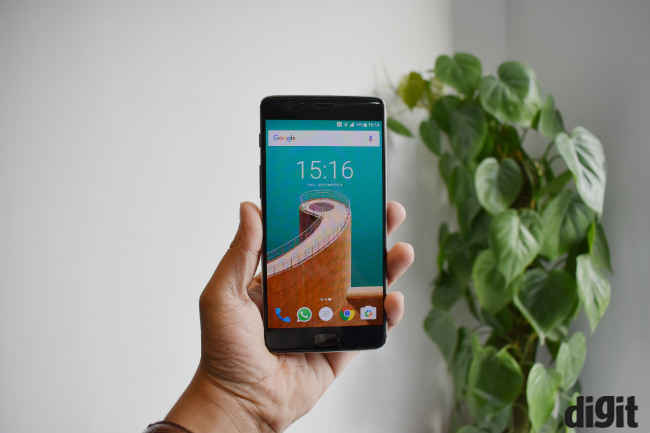
Performance: A slight increase
Equipped with the Qualcomm Snapdragon 821 SoC, the OnePlus 3T is slightly faster than its predecessor. However, this difference is difficult to spot on day-to-day usage. You can literally open 30 apps (we had more than 50 apps installed on our test unit) and each one of those apps will keep running in the background.
Gaming experience on the phone is also similar to that on the OnePlus 3, or in flagship Android phones in general. It’s smooth, and does not falter even if you play multiple games back-to-back, or heavier games like Asphalt 8 for long periods.
The difference is noticeable only on synthetic benchmarks. The OnePlus 3T is undoubtedly faster, but not hugely so.
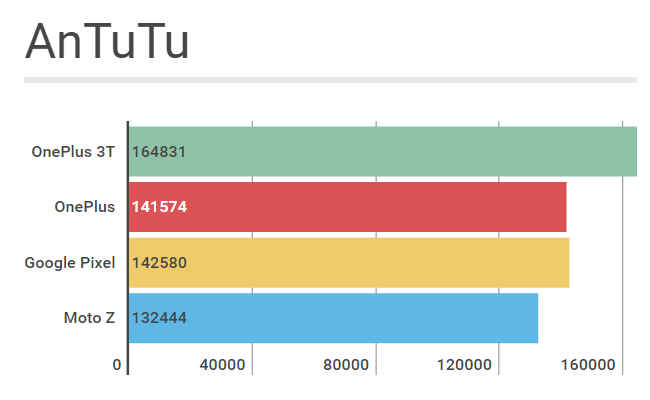
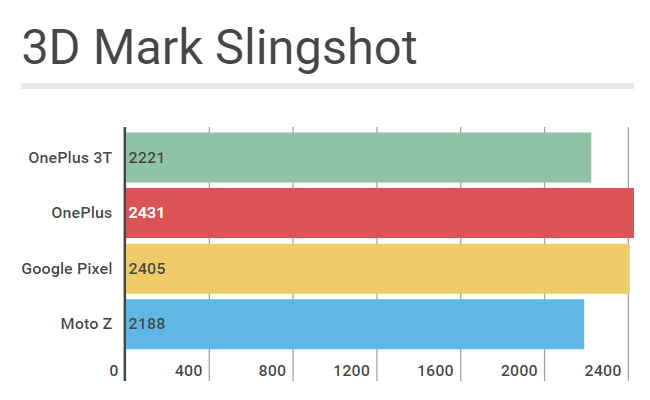
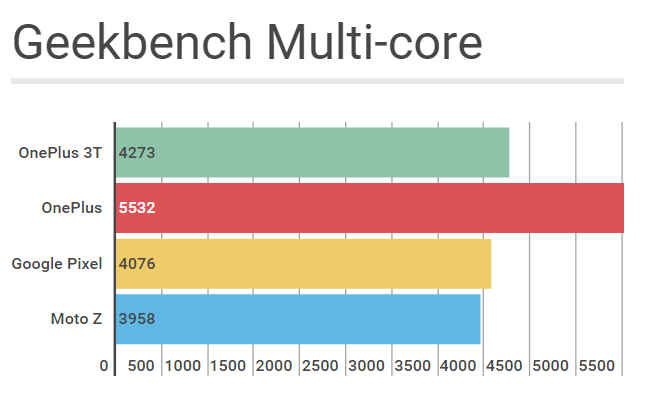
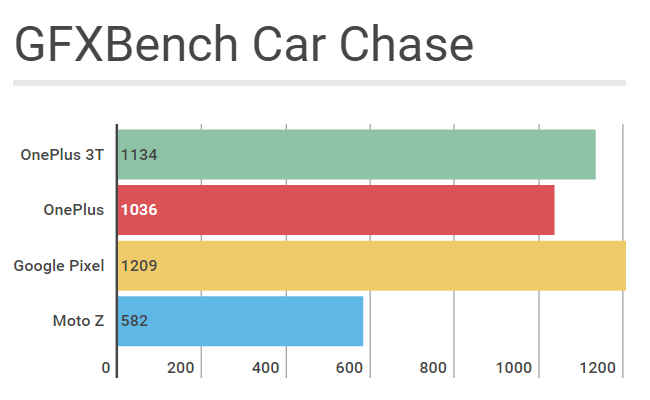
Battery: Marginal increase
The slight bump in performance is complimented by a 3400mAh battery on the OnePlus 3T, which supports Dash Charging. Like the OnePlus 3, the 3T can easily withstand a work day’s worth of moderate usage. However heavy users may have to charge the phone twice per day. Dash charging technology indeed charges the OnePlus 3T from 0 to 60% in under 30 minutes, and to 100% in less than an hour.
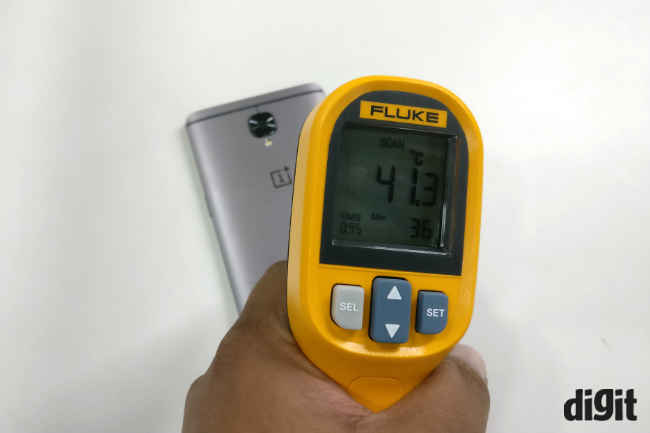
This, though, is no different from the OnePlus 3, which begs the question as to why the OnePlus 3T is needed. The new battery doesn’t really add to the battery life, despite the extra 400mAh boost to capacity.
Camera: Selfies galore
The front facing camera is where the main change is. The front shooter has been upgraded to a 16MP sensor. With it, the image quality of selfies have also improved. Photos come out sharper than the OnePlus 3, while details and colour reproduction are also better. It is amongst the best front facing cameras we’ve tested in a while.
On the back, the OnePlus 3T uses the same 16MP Sony sensor used in the OnePlus 3. It is PDAF (Phase detection autofocus) enabled and is aided by OIS (optical image stabilisation). Images taken by the camera capture plenty of details and have accurate focus, just like the OnePlus 3.
However, it seems there are mild algorithmic changes in the camera app, with Oxygen OS version 3.5.3. Images look more vibrant in normal lighting conditions, and sharpness and contrast are slightly better. Low light images look pretty much the same as on the OnePlus 3. You can check how the two phones stack up in our detailed comparison.
Given its flagship status, it is worth mentioning that the Google Pixel and the iPhone 7 are much better than the OnePlus 3T. Of course, the 3T makes up for that with its lower price.
Bottomline
Jargon aside, the OnePlus 3T is really not a big upgrade to the OnePlus 3. The only major change is in the front camera, while the battery life remains the same. The processor is indeed faster, but 10% is not noticeable in real world performance. It’s still a good performer, and value for money smartphone, but if you have the OnePlus 3, you’re not missing out on much.
The 128GB variant may seem more expensive, but paying 5k more for the extra storage seems to make much more sense than what Google and Apple ask. For instance, the Pixel and iPhone get a price bump of 10k for the higher storage variants. The OnePlus 3T still makes sense, compared to the flagship classes.
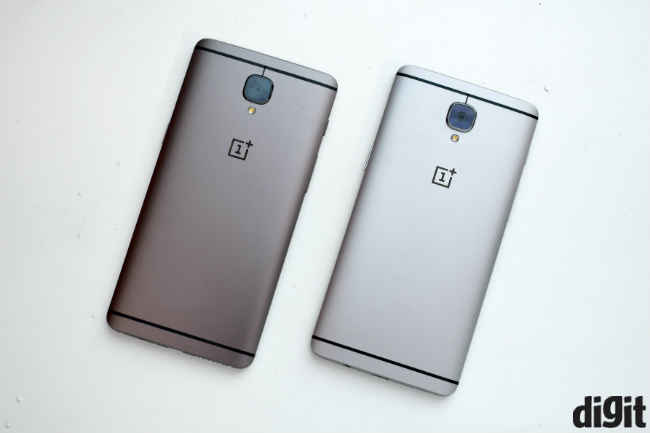
[ad_2]
Source link

Post a Comment